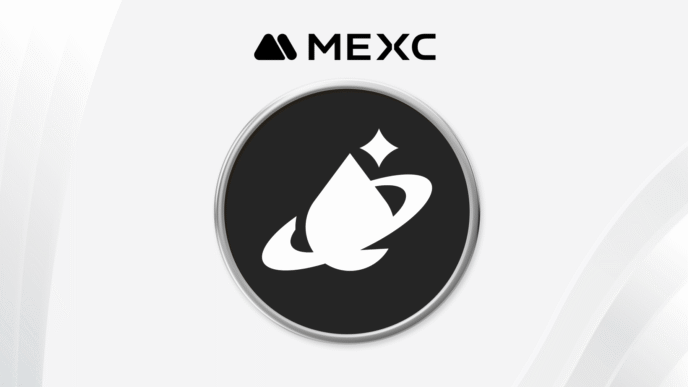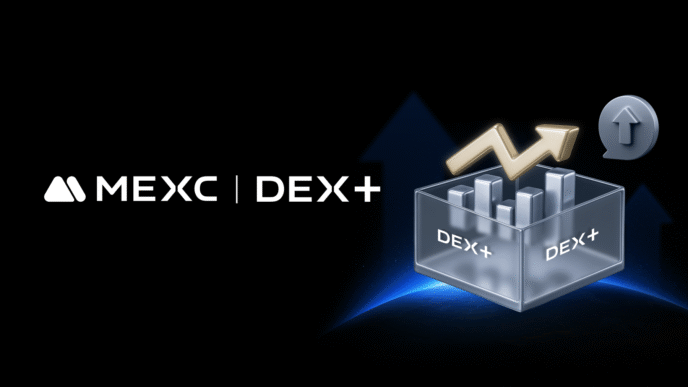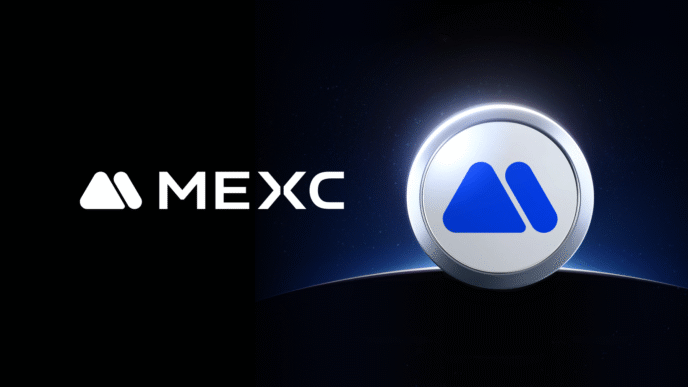In the world of medicine, there are countless medications prescribed for a variety of conditions. Two such medications, Gabapentin and Ozempic, are often discussed for their unique purposes and effectiveness in treating different health issues. While both have garnered attention in recent years, they serve very distinct roles in healthcare. This article will explore the uses, benefits, and differences between Gabapentin and Ozempic to provide a clearer understanding of these medications in 2024.
What is Gabapentin?
Gabapentin is an anticonvulsant and nerve pain medication commonly prescribed for conditions such as:
- Neuropathic pain: Gabapentin is widely used to treat nerve-related pain conditions like diabetic neuropathy and post-herpetic neuralgia (pain following shingles).
- Seizure disorders: Gabapentin is also used as an adjunct therapy to help control seizures, especially in individuals with epilepsy.
- Restless legs syndrome (RLS): In some cases, Gabapentin is prescribed to relieve the uncomfortable sensations caused by RLS, especially at night.
Gabapentin works by affecting the neurotransmitters in the brain that send pain signals across the nervous system. Its ability to calm nerve activity has made it a valuable medication for those suffering from chronic pain and epilepsy. However, it is important to note that Gabapentin is sometimes misused, so it is prescribed with caution in certain cases.
Side Effects of Gabapentin
While Gabapentin is highly effective for treating nerve pain and seizures, it does come with potential side effects, including:
- Dizziness
- Drowsiness
- Fatigue
- Swelling in the extremities (hands or feet)
Patients should discuss their full medical history with their healthcare provider to ensure Gabapentin is safe for their condition and health status.
What is Ozempic?
On the other hand, Ozempic is a relatively newer medication that has gained significant attention, particularly for its role in managing type 2 diabetes and weight loss. It is a GLP-1 receptor agonist, meaning it mimics the action of a natural hormone in the body that regulates blood sugar levels.
Ozempic works by:
- Lowering blood sugar levels: Ozempic helps individuals with type 2 diabetes control their blood sugar by stimulating insulin release and reducing glucagon levels after eating.
- Aiding weight loss: In addition to managing blood sugar, Ozempic has been shown to promote significant weight loss in some patients, leading to its off-label use in weight management.
The combination of glucose regulation and weight loss benefits has made Ozempic a powerful tool in managing type 2 diabetes, especially for individuals struggling with obesity. The medication is administered once a week via injection, which makes it convenient for long-term management of chronic conditions.
Side Effects of Ozempic
Ozempic, like any medication, can have side effects, including:
- Nausea
- Vomiting
- Diarrhea
- Constipation
- Potential increased risk of thyroid tumors (in animal studies)
Patients on Ozempic should be monitored closely for any adverse effects and consult with their healthcare provider regarding long-term use.
Can Gabapentin and Ozempic Be Taken Together?
Because Gabapentin and Ozempic work in completely different ways and are used to treat separate conditions, they are not known to have direct drug interactions. However, as with any medication, it’s crucial for patients to inform their healthcare provider about all medications they are taking, including over-the-counter drugs and supplements, to avoid potential complications.
The Future of Gabapentin and Ozempic in 2024
As we progress into 2024, the use of Gabapentin and Ozempic continues to evolve. Gabapentin remains a key player in pain management, while Ozempic is becoming increasingly popular not only for managing type 2 diabetes but also for addressing obesity. Clinical research continues to explore the full potential of both drugs, including further understanding their long-term effects and how they can be better utilized to improve patient outcomes.
Conclusion
Both Gabapentin and Ozempic have important roles in modern medicine, but they serve very different purposes. Gabapentin is primarily used for treating nerve pain and seizures, while Ozempic is a vital medication for managing type 2 diabetes and promoting weight loss. It is always essential to use these medications under the guidance of a healthcare professional to ensure safe and effective treatment.
Whether you’re managing chronic pain or diabetes, understanding the right medication for your condition is critical to maintaining your health in 2024 and beyond.












